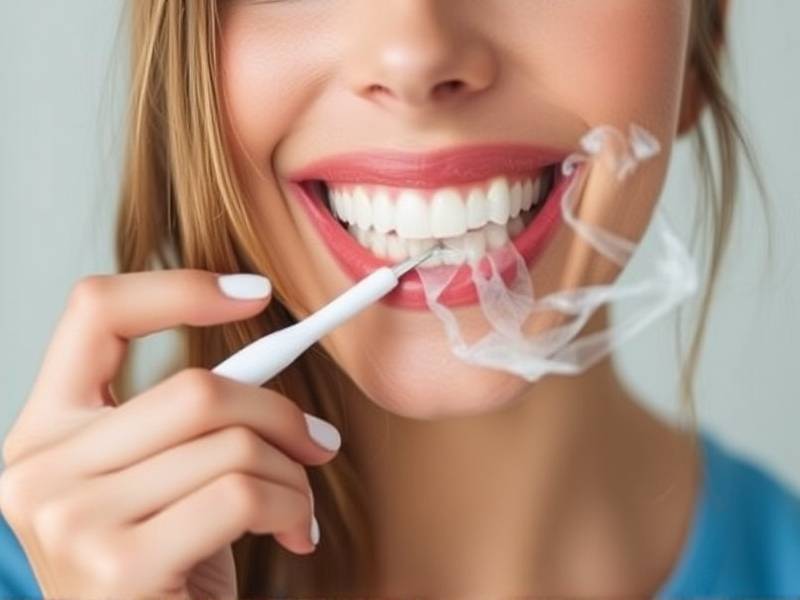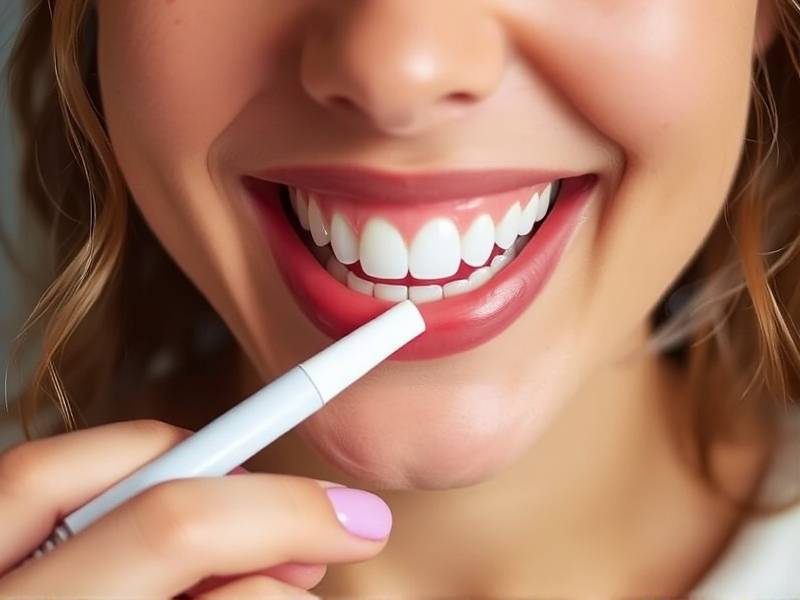How to Whiten Your Teeth After Quitting Smoking: Effective Tips for a Brighter Smile
Introduction
Quitting smoking is a significant step towards better health, and the benefits are numerous. One often overlooked aspect of quitting is the improvement in oral health, particularly the whitening of teeth. Smoking can leave teeth stained and yellowed, but there are effective ways to restore that bright, white smile. In this article, we'll explore various methods and tips to help you achieve a brighter smile after quitting smoking.
Why Does Smoking Stain Teeth?
Before we delve into the whitening process, it's important to understand why smoking causes tooth discoloration. Tar and nicotine in cigarettes are responsible for the staining of teeth. The chemicals seep into the enamel, causing gradual discoloration over time.
Natural Home Remedies
Baking Soda and Hydrogen Peroxide
A popular natural home remedy for teeth whitening is a mixture of baking soda and hydrogen peroxide. Create a paste with these ingredients and gently brush your teeth with it for several minutes. Be cautious as hydrogen peroxide can be harsh on tooth enamel; use it sparingly.

Orange Peels
Another natural option is using orange peels as a toothpaste substitute. The vitamin C in oranges helps to remove stains, while the citrus oil has antibacterial properties.
Professional Whitening Treatments
In-Office Whitening
If you're looking for immediate results, in-office whitening treatments might be the way to go. These treatments use a bleaching agent that is applied directly to your teeth by a dental professional. The process usually takes about an hour and can provide noticeable results in just one session.
At-Home Whitening Kits
For those who prefer at-home treatments, there are numerous over-the-counter kits available. These kits typically include custom-fitted trays filled with bleaching gel that you wear for a set period each day.
Preventative Measures
Regular Brushing
Regular brushing with fluoride toothpaste can help prevent future staining by removing surface stains and strengthening tooth enamel.
Flossing
Flossing removes food particles and plaque from between your teeth, reducing the risk of tartar buildup which can lead to further discoloration.

Limit Caffeine Intake
Caffeine is another common cause of tooth staining. By limiting your intake of coffee, tea, and other caffeinated beverages, you can reduce your risk of future staining.
Conclusion
Achieving a brighter smile after quitting smoking is not only possible but also well worth the effort. By combining natural home remedies with professional treatments and maintaining good oral hygiene practices, you can restore your smile's brightness and confidence. Remember that patience is key—results may take some time to appear but will be well worth it when you see your new white smile!
